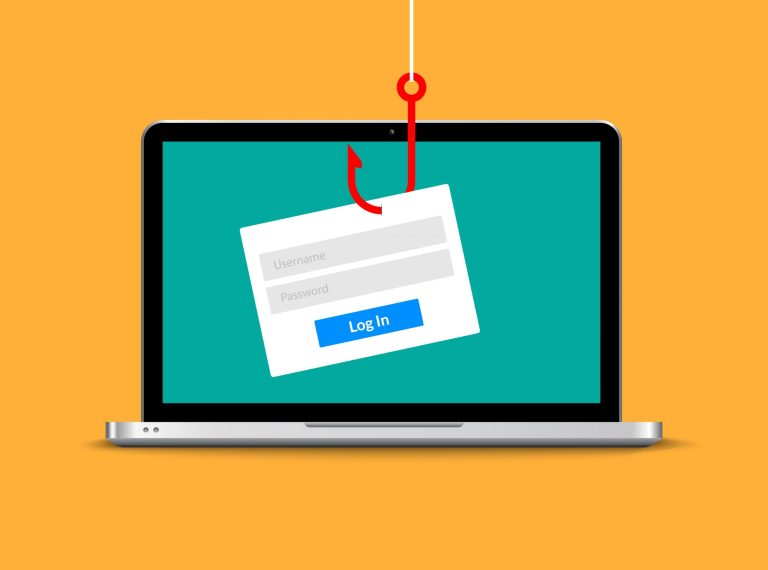
In a significant move to bolster email security, Google has announced a crackdown on spoofed emails, setting the stage for a safer digital communication environment. This initiative is part of Google’s broader strategy to fortify defenses against spam and phishing attacks, ensuring that Gmail remains a trusted platform for its vast user base.
Starting from October, Google has implemented stricter spam thresholds and mandated email authentication for bulk senders. Those dispatching over 5,000 messages daily to Gmail accounts are now required to set up SPF/DKIM and DMARC email authentication for their domains. This move is aimed at authenticating the messages and verifying the senders, thereby significantly reducing the chances of phishing attacks.
The new guidelines don’t stop there. Bulk email senders are also urged to steer clear of sending unsolicited or unwanted messages. They must provide a one-click unsubscribe option and respond to unsubscription requests within two days. Moreover, to ensure the integrity of the communication, the spam rates must be kept below 0.3%, and the “From” headers must not impersonate Gmail. Failure to comply with these guidelines could lead to emails being rejected or directed straight to the spam folder.
Google’s approach to enforcing these guidelines is gradual yet firm. Initially, bulk senders who fail to meet the requirements will face temporary errors, serving as a warning to rectify their practices. Starting in April 2024, Google will begin rejecting non-compliant traffic, emphasizing the importance of adhering to these standards for continued email delivery.
This enforcement is not just about maintaining a clean inbox; it’s a significant leap towards ensuring that users can rely on the authenticity of the emails they receive. With Google’s AI-powered defenses blocking nearly 15 billion unwanted emails daily, the tech giant is at the forefront of combating spam, phishing attempts, and malware, maintaining a success rate of over 99.9% in keeping these threats at bay.
Neil Kumaran, Group Product Manager for Gmail Security & Trust, encapsulates the essence of this initiative, stating, “You shouldn’t need to worry about the intricacies of email security standards, but you should be able to confidently rely on an email’s source.” This sentiment echoes Google’s commitment to closing the loopholes exploited by attackers, thereby safeguarding the email ecosystem for all users.
As we navigate the complexities of digital communication, Google’s latest measures serve as a beacon of security, ensuring that our inboxes remain sanctuaries of legitimate and safe correspondence. With these enhanced protections, Google is not just fighting against phishing and spam; it’s championing a future where email remains a reliable and secure medium of communication.